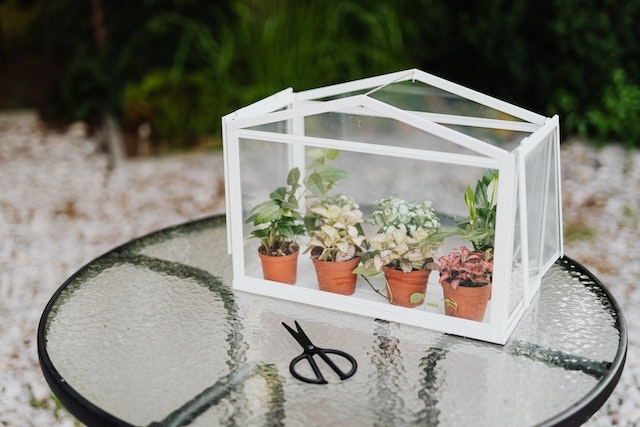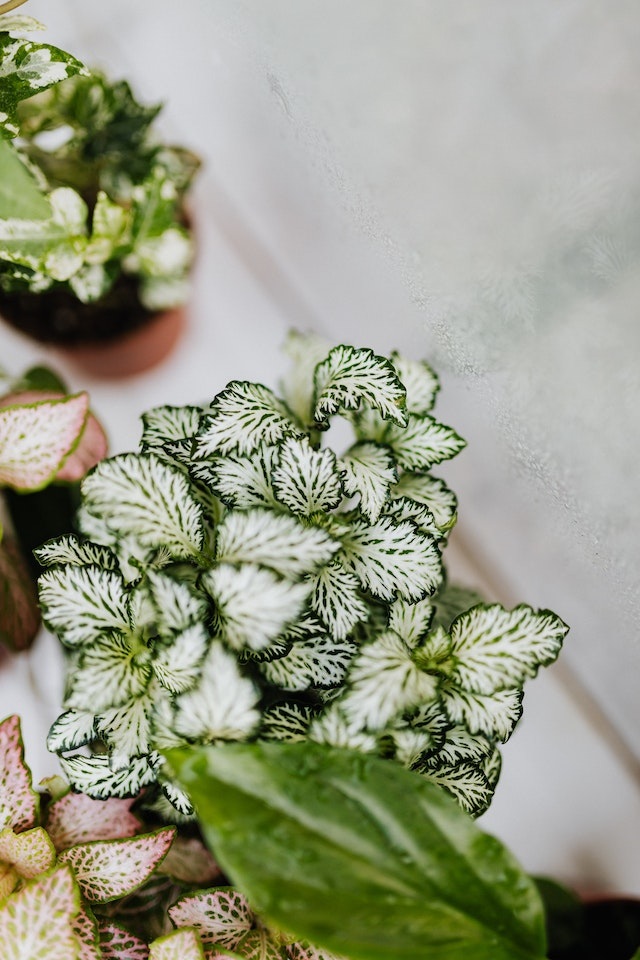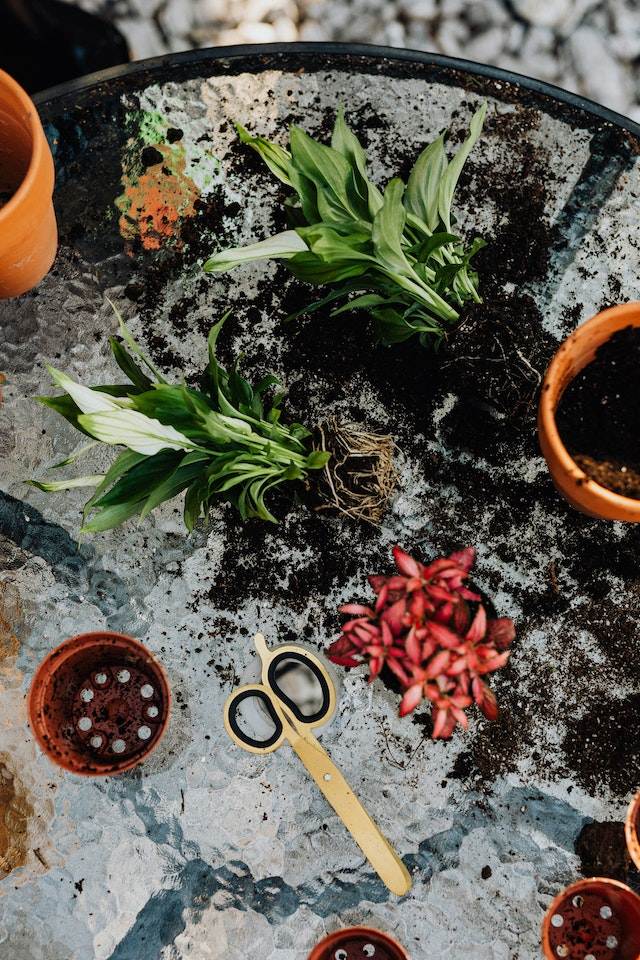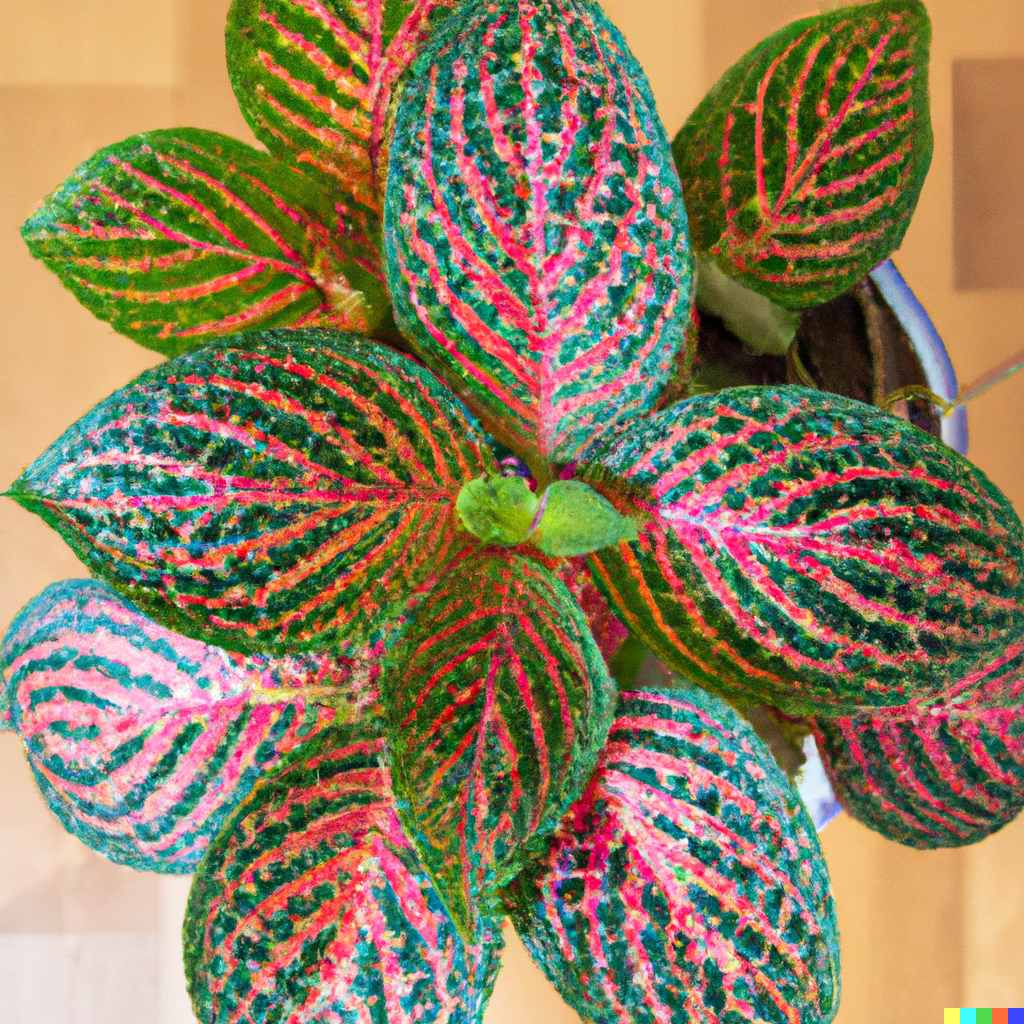Fittonia verschaffeltii is a stunning ornamental houseplant known for its colorful foliage. It belongs to the Acanthaceae plant family and originates from tropical South American rainforests. This low-growing plant reaches about 8 inches tall and spreads out horizontally across the forest floor. The oval leaves have intricate net-like veining in shades of white, pink, and silver, which makes them stand out. Fittonia verschaffeltii thrives when grown as a terrarium or indoor plant if its needs are met. This care guide provides tips for lighting, water, humidity, propagation, and troubleshooting problems. Read on to learn how to grow a healthy Fittonia verschaffeltii as an eye-catching addition to your indoor jungle
or indoor plant if its needs are met. This care guide provides tips for lighting, water, humidity, propagation, and troubleshooting problems. Read on to learn how to grow a healthy Fittonia verschaffeltii as an eye-catching addition to your indoor jungle .
.
Plant Details
| Category | Details |
|---|---|
| Plant Family | Acanthaceae |
| Common Name | Pigmy painted-net leaf, mosaic plant, pink mosaic plant, nerve plant |
| Origin | Peru, Ecuador, Colombia |
| Height | Up to 8 inches |
| Light | Bright, indirect light |
| Water | Keep soil consistently moist |
| Humidity | Prefers 60-80% |
| Temperature | 60-85°F |
| Soil | Well-draining potting mix |
| Fertilizer | Balanced liquid fertilizer every 2-4 weeks |
| Propagation | Stem cuttings |
| Pests & Problems | Mealybugs, root rot |

Light Requirements
Fittonia verschaffeltii needs bright, filtered light to maintain its leaf coloring. Place it near an east or west-facing window where it will receive gentle indirect sunlight. Avoid direct south-facing light, which can scorch the foliage. Insufficient light causes the leaves to fade to solid green. Rotate the plant periodically so all sides get even light exposure. Light is crucial for keeping the mosaic leaf patterns vibrant.
Watering and Humidity
Keep the soil consistently moist, taking care not to overwater. Allow the top inch to dry out between waterings, then soak thoroughly. Good drainage is important to prevent soggy soil. Average room humidity is adequate, but misting the leaves or using a pebble tray can help boost moisture. Lower humidity may cause leaf browning at the tips and margins. The foliage will indicate when higher humidity is needed.
Temperature
Fittonia verschaffeltii prefers normal indoor temperatures between 60-85°F. Avoid cold drafts. As a tropical rainforest plant, it thrives in warm, stable conditions. Temperatures can dip slightly at night. Moving it outdoors in summer is fine if nights remain frost-free. Sudden temperature extremes can shock the plant, causing leaf drop. Maintain average indoor warmth year-round.

Soil
Use a peaty, well-draining potting mix. Standard houseplant soil amended with perlite, orchid bark, or coco coir to improve drainage works well. The soil should retain some moisture but also have a porous structure that allows excess water to drain away from the roots. Stagnant moisture encourages fungal problems. Re-pot every 2-3 years as the plant grows.
Fertilizer
Apply a balanced liquid houseplant fertilizer diluted to half strength every 2-4 weeks during the growing season from spring through summer. Reduce feeding over winter when growth slows. Avoid over-fertilizing which can burn the roots.
Propagating Fittonia Verschaffeltii

Propagate new Fittonia verschaffeltii plants from stem cuttings. Take 3-6 inch tip cuttings in spring or summer. Remove the lower leaves and place the cut end in water or a moist potting mix. High humidity encourages faster root growth. New plants can be potted up once rooted.
from stem cuttings. Take 3-6 inch tip cuttings in spring or summer. Remove the lower leaves and place the cut end in water or a moist potting mix. High humidity encourages faster root growth. New plants can be potted up once rooted.
Common Problems
Overwatering is the most common cause of issues like root rot and fungal leaf spots. Allow soil to partly dry before re-watering. Insufficient humidity may lead to leaf browning on the margins. Mealybugs can sometimes be a pest of Fittonias. Isolate and treat any infested plants to prevent spread.
Conclusion
With its colorful foliage, Fittonia verschaffeltii is a distinctive addition to rainforest-themed terrariums and indoor plant displays. Follow the care guidelines above to successfully grow this eye-catching plant. Fittonia verschaffeltii’s low spreading form and vivid leaf veining help create a mini rainforest environment in your home. Why not mix and match with its cousin, Fittonia Albivenis ?
?

